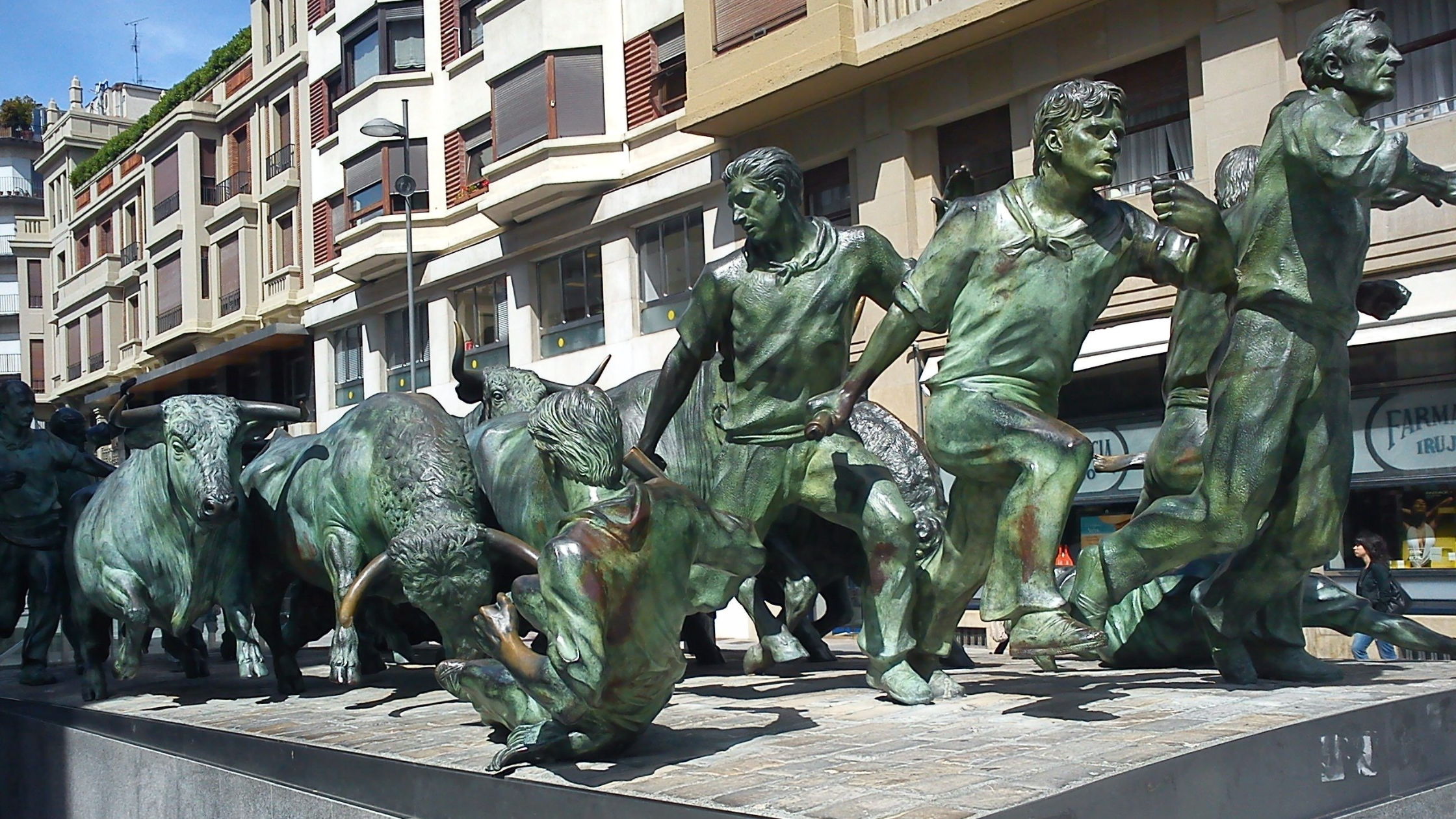
The Running of the Bulls in Spain: A Tradition Under Scrutiny
The Running of the Bulls, or "Encierro" in Spanish, is one of the most famous yet controversial events in Spain, drawing visitors from around the world. Every July, the streets of Pamplona, a small city in the northern region of Navarre, come alive with the adrenaline and excitement of the San Fermín festival, where hundreds of participants run ahead of a group of bulls released into the streets. This tradition, rooted in centuries-old Spanish culture, has recently come under increasing scrutiny from animal rights activists, who argue that it is time to put an end to this age-old spectacle.
A Brief History of the Running of the Bulls
The origins of the Running of the Bulls date back to the 14th century when cattle herders needed to transport their bulls from outside the city walls to the local bullring, where bullfights would take place. To hurry the process along, they would run behind the animals, prodding them with sticks and shouting. Over time, this practical task turned into a spectacle, with locals and visitors joining in to run alongside the bulls.
The San Fermín festival, which takes place every July in Pamplona, eventually incorporated the Encierro as a central event. The modern festival, as it is known today, was popularized internationally by Ernest Hemingway in his 1926 novel The Sun Also Rises, and it has since become a major tourist attraction. Today, the event is a carefully orchestrated affair with an 875-meter route that winds through the narrow streets of Pamplona. Each run lasts about three minutes, though injuries and fatalities have occurred over the years.
Animal Rights Activists Call for an End to the Running of the Bulls
Despite its popularity, the Running of the Bulls has been met with increasing criticism from animal rights groups who argue that the event is inhumane and cruel. Organizations like PETA (People for the Ethical Treatment of Animals) and PACMA (Partido Animalista Contra el Maltrato Animal) in Spain have campaigned vigorously against the Encierro and the subsequent bullfights that follow. These groups argue that the bulls suffer greatly, from the fear and stress of running through the streets to the physical injuries they may sustain during the run and, ultimately, the violent death they face in the bullring.
In the bullfights that conclude each day of the San Fermín festival, the bulls are taunted, speared, and finally killed in front of an audience. Activists highlight that this practice is not only outdated but also deeply inhumane. Despite their efforts, the tradition continues, largely due to the cultural significance and the economic benefits it brings to the region.
Government Response: A Delicate Balancing Act
The Spanish government has been reluctant to outlaw the Running of the Bulls or bullfighting, despite the protests. This hesitation stems from a complex interplay of cultural heritage, economic considerations, and regional autonomy. Bullfighting, known as "la corrida de toros," is considered an integral part of Spain’s cultural patrimony, with deep historical roots in many regions of the country. In fact, in 2013, the Spanish Parliament declared bullfighting to be part of Spain's cultural heritage, effectively giving it protection from national bans.
Moreover, the San Fermín festival brings substantial revenue to Pamplona. It attracts around a million visitors annually, generating millions of euros for the local economy through tourism, accommodation, restaurants, and other related activities. The city of Pamplona, along with other regions where similar events take place, sees the festival as a crucial part of its economic lifeline, making local and regional governments reluctant to implement bans that could impact this revenue.
What Can Activists Do to End This Practice?
Animal rights activists continue to campaign against the Running of the Bulls and the bullfights that follow. They employ a variety of strategies, from organizing protests and awareness campaigns to lobbying local and national governments for legislative changes. Activists also use social media platforms to highlight the suffering of the bulls and to pressure sponsors, tourists, and participants to reconsider their support for the event.
Some have called for a shift in the nature of the festival itself, advocating for a version of San Fermín that retains the cultural and festive elements but excludes bull-related activities. For example, they propose alternative events, such as mock bull runs with human runners dressed as bulls, which could still offer excitement and cultural continuity without animal suffering.
The Path Forward: Balancing Tradition and Modern Values
The debate over the Running of the Bulls reflects a broader conversation in Spain and around the world about how to balance tradition with evolving views on animal rights. As awareness of animal welfare issues grows, so too does the pressure on governments and organizers to rethink events like the Encierro.
While change may not come swiftly, continued advocacy from animal rights groups, increased public awareness, and evolving cultural attitudes suggest that the future of the Running of the Bulls is uncertain. For now, it remains a vibrant, controversial tradition that divides opinion, but its days may be numbered as more voices call for compassion over custom.
By keeping the conversation alive and encouraging alternatives, activists can continue to build momentum towards ending this practice, ultimately transforming the festival into a celebration that respects both tradition and the rights of all creatures.




